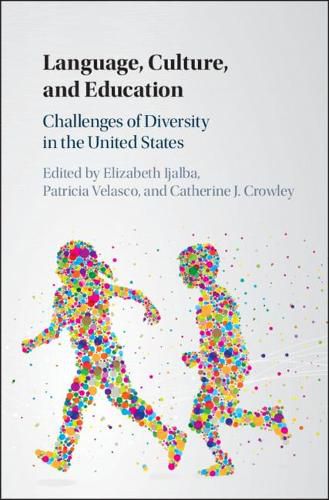Readings Newsletter
Become a Readings Member to make your shopping experience even easier.
Sign in or sign up for free!
You’re not far away from qualifying for FREE standard shipping within Australia
You’ve qualified for FREE standard shipping within Australia
The cart is loading…






Exploring language, culture and education among immigrants in the United States, this volume discusses the range of experiences in raising children with more than one language in major ethno-linguistic groups in New York. Research and practice from the fields of speech-language pathology, bilingual education, and public health in immigrant families are brought together to provide guidance for speech-language pathologists in differentiating language disorders from language variation, and for parents on how to raise their children with more than one language. Commonalities among dissimilar groups, such as Chinese, Korean, and Hispanic immigrants are analyzed, as well as the language needs of Arab-Americans, the home literacy practices of immigrant parents who speak Mixteco and Spanish, and the crucial role of teachers in bridging immigrants’ classroom and home contexts. These studies shed new light on much-needed policy reforms to improve the involvement of culturally and linguistically diverse families in decisions affecting their children’s education.
$9.00 standard shipping within Australia
FREE standard shipping within Australia for orders over $100.00
Express & International shipping calculated at checkout
Exploring language, culture and education among immigrants in the United States, this volume discusses the range of experiences in raising children with more than one language in major ethno-linguistic groups in New York. Research and practice from the fields of speech-language pathology, bilingual education, and public health in immigrant families are brought together to provide guidance for speech-language pathologists in differentiating language disorders from language variation, and for parents on how to raise their children with more than one language. Commonalities among dissimilar groups, such as Chinese, Korean, and Hispanic immigrants are analyzed, as well as the language needs of Arab-Americans, the home literacy practices of immigrant parents who speak Mixteco and Spanish, and the crucial role of teachers in bridging immigrants’ classroom and home contexts. These studies shed new light on much-needed policy reforms to improve the involvement of culturally and linguistically diverse families in decisions affecting their children’s education.